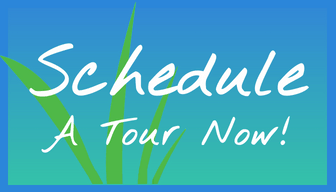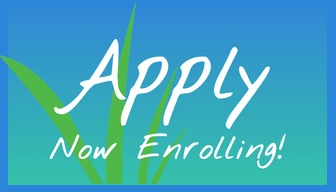In the online posting of our school’s vision, we describe our massage program as a ‘heart-centered’ environment. Graduates and current students use this phrase often, and freely, with an implied understanding of the difference between this type of learning and the kind found in conventional educational settings, perhaps what they are used to in college or high school. But what does the phrase really mean, and is there any benefit to a heart-centered educational experience, aside from the fact that it sounds nice and gives a warm fuzzy feeling? When I am working in the admissions office at the Florida School of Massage, one of my favorite subjects to talk about is how different our Anatomy & Physiology classes are from what people may be used to in terms of a classroom setting. Some people are nervous about learning all the names of the bones and the muscles, and who can blame them? Twenty-six bones in the foot alone. Muscles with names like ‘sternocleidomastoid’, just one of several in the neck. There is a lot going on in the body! So how do we sort it all out, and how do we present it to a student who may have no previous knowledge whatsoever regarding anatomy? Well, we don’t start with the anatomy! We start with a breath. The first exercise in our A&P course requires no textbooks, no note taking, and no weird Latin-derived names. It only requires that you, the student, come to a comfortable seated posture, and devote your attention to what is happening in the present moment… in your body, in your mind, in your breath… just notice it… notice what sensations are there, what distractions may be there… without needing to change any of it. The result, almost invariably, is a heightened sense of alertness along with a feeling of physical and mental calm. Now we can pick up our notebooks! We are in an optimum state for exploring new information, and for retaining it. Exercises like this, that center our attention and help bring about an ideal learning state, appear often and regularly throughout our massage therapy program. It is one of our distinguishing characteristics. It is one of the reasons we say we are a ‘heart-centered school’. For more information on the heart’s role in physiological and neurological health, I encourage you to spend some time reading this introduction at the HeartMath Institute. Over 20 years of research support the notion that the heart is neurologically complex enough to be called a “little brain”, and that it contributes enormously to the neurological health of our entire body. Thanks for reading. We’ll see you in class!




Well said, Ninja Brunson!